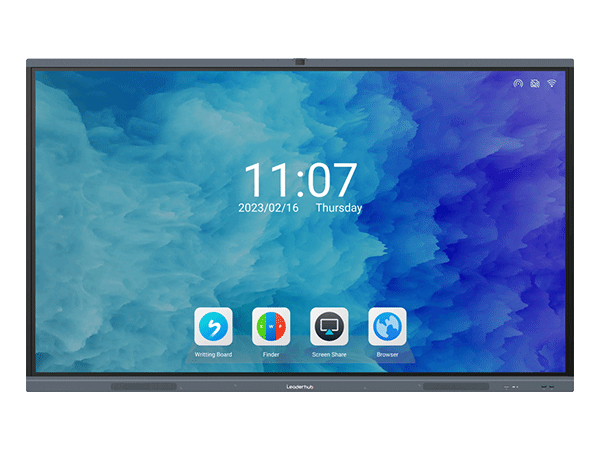Enhancing Efficiency and Productivity in Manufacturing Operations

In today's fast-paced manufacturing industry, the utilization of advanced technological solutions is paramount to stay competitive. One such innovation that has gained significant traction is the application of interactive flat panel displays on production lines. This cutting-edge technology has revolutionized traditional manufacturing processes by offering a range of benefits that streamline operations, enhance productivity, and enable real-time decision-making. In this article, we will delve into the transformative impact of interactive flat panel displays on production lines.
Improving Visualization and Collaboration
One of the primary advantages of interactive flat panel displays is their ability to provide a high-definition visual representation of production line data. By displaying real-time operational metrics, such as output rates, quality metrics, and equipment performance, these displays enable managers and operators to have an instant overview of the production line. Critical information can be presented in an intuitive and easily understandable format, fostering effective collaboration and enabling quick identification and resolution of any bottlenecks or issues.
Moreover, these displays facilitate enhanced collaboration among cross-functional teams. With the ability to display multiple data sources simultaneously, various departments, including production, quality control, logistics, and maintenance, can share insights and make informed decisions collectively. Interactive features, such as touch capabilities and annotation tools, further encourage engagement and knowledge exchange, leading to improved problem-solving and innovation.
Streamlining Process Monitoring and Control
Interactive flat panel displays also play a pivotal role in process monitoring and control on production lines. They allow operators and supervisors to monitor key performance indicators (KPIs) in real-time, thereby ensuring timely intervention and corrective actions. By visualizing the production process, operators can detect anomalies, identify trends, and make data-driven adjustments to optimize efficiency.
Furthermore, these displays enable seamless integration with advanced analytics and machine learning systems. By leveraging data captured by sensors and other devices, interactive flat panel displays provide real-time insights into predictive maintenance and Quality 4.0 initiatives. Equipment malfunctions, deviations from standard operating procedures, or product defects can be detected and addressed instantly, minimizing production downtime and ensuring consistent product quality.
Promoting Workforce Training and Development
Interactive flat panel displays serve as valuable tools for workforce training and development on the production line. They offer interactive tutorials and instructional videos, providing visual aids that enhance learning and promote knowledge retention. This technology can significantly reduce training time and costs while ensuring consistent and standardized training across the workforce.
Moreover, these displays enable real-time monitoring of operator performance, allowing supervisors to provide immediate feedback and coaching. The interactive nature of these displays empowers operators to actively engage with training materials, enhancing their understanding of complex processes and fostering a culture of continuous improvement.
Conclusion
The application of interactive flat panel displays on production lines presents a significant opportunity for manufacturing organizations to optimize their operations. By improving visualization and collaboration, streamlining process monitoring and control, and promoting workforce training and development, these displays facilitate efficiency, productivity, and innovation. Embracing this technology is essential for manufacturers looking to stay ahead in today's dynamic and competitive landscape.

